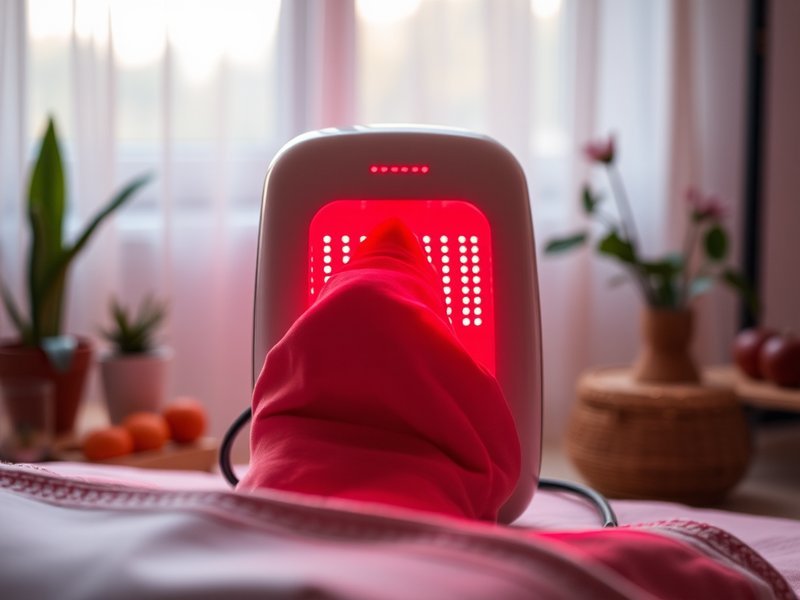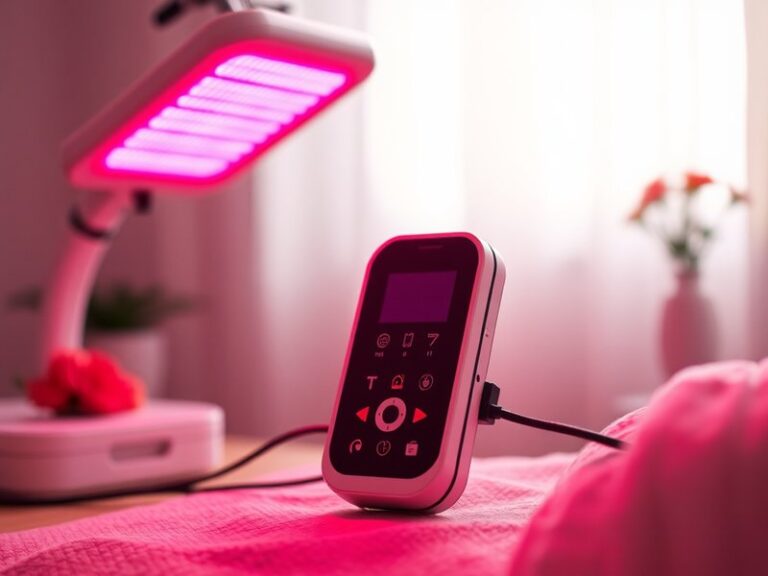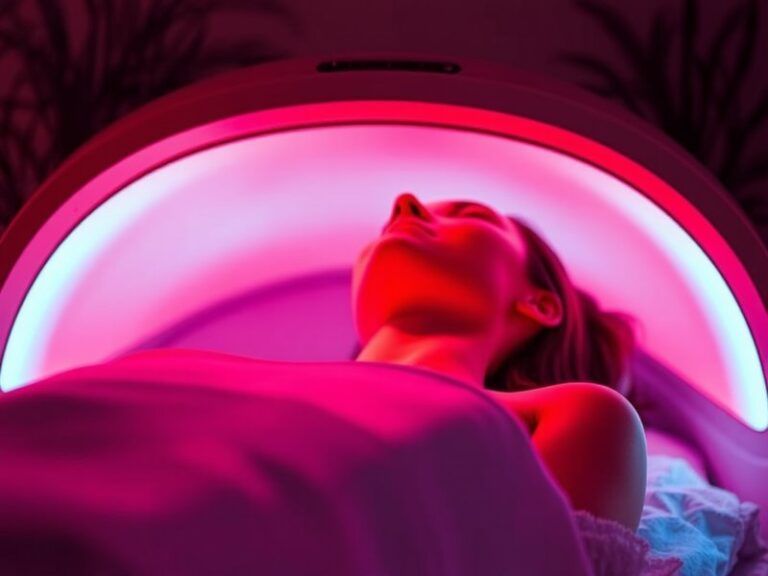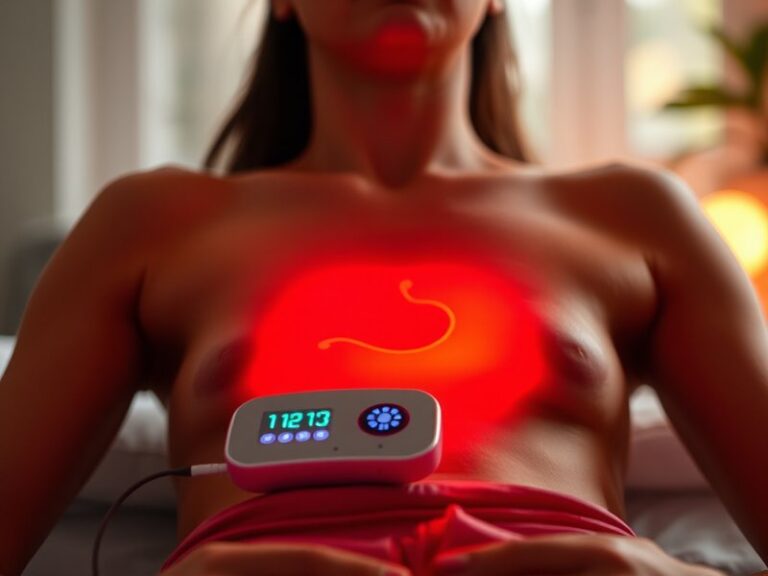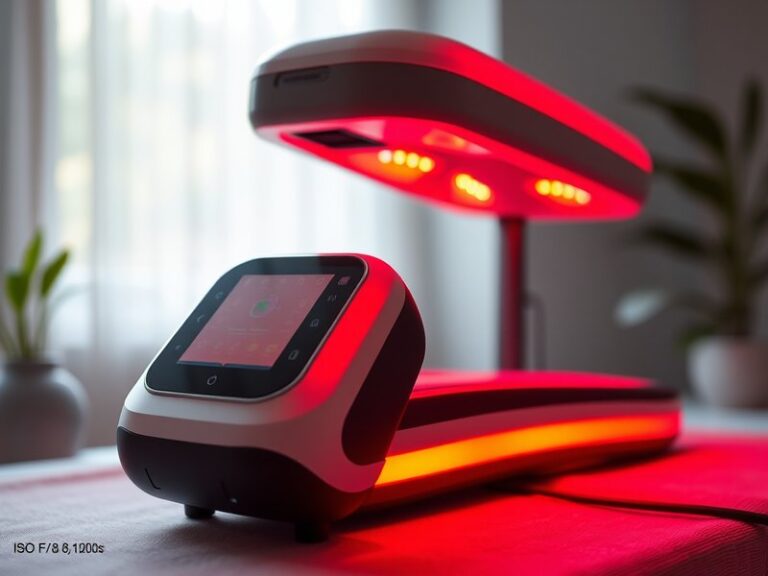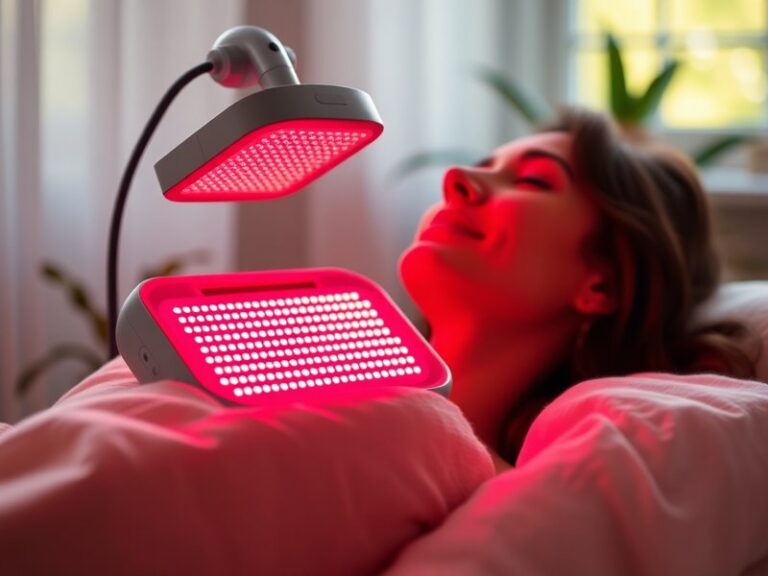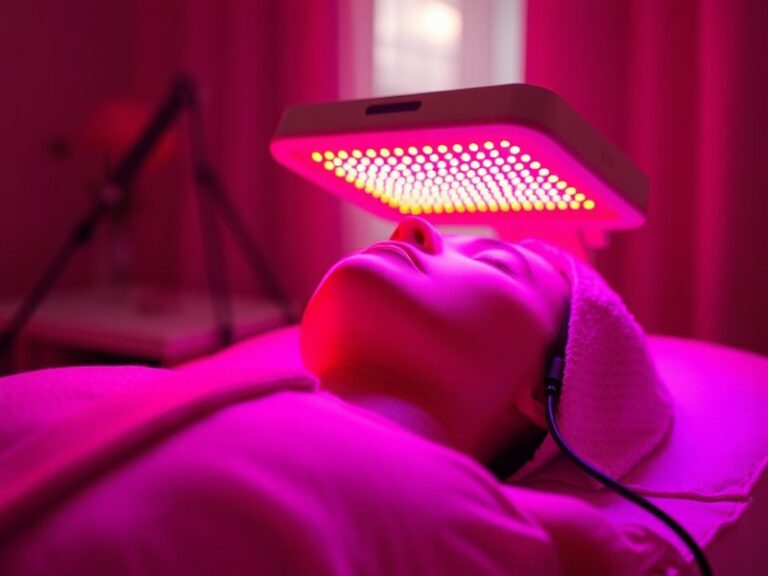Is Red Light Therapy Really Effective?
Is Red Light Therapy Really Effective?
Is red light therapy just a fad, or does it offer real therapeutic benefits?
This article delves into the effectiveness of red light therapy, exploring its definition, benefits, considerations, and alternatives. We aim to provide a comprehensive overview to help readers determine whether this treatment is suitable for their needs.
Key Takeaways
- Red light therapy has gained popularity for its potential therapeutic benefits, such as pain relief and skin rejuvenation.
- While many users report positive outcomes, scientific research is still ongoing to establish definitive efficacy.
- It’s essential to consider safety, proper usage, and individual health conditions before starting treatment.
What is Red Light Therapy?
Red light therapy (RLT) is a non-invasive treatment that uses low-level wavelengths of red light to stimulate cellular function. It is commonly employed in various healthcare settings, including dermatology, physiotherapy, and wellness clinics. This therapy aims to enhance healing and reduce inflammation by promoting cellular repair and regeneration processes.
How Does Red Light Therapy Work?
Red light therapy works on a cellular level. When the skin absorbs red light, it penetrates tissues and enhances mitochondrial activity, leading to increased production of adenosine triphosphate (ATP), the energy currency of cells. This process can facilitate healing, reduce inflammation, and improve overall skin health.
Common Applications
RLT is utilized for a range of conditions, including:
- Skin issues such as acne, wrinkles, and scars.
- Musculoskeletal problems, including joint pain and injuries.
- Hair growth stimulation for those experiencing thinning hair or alopecia.
What are the Benefits of Red Light Therapy?
The benefits of red light therapy can be extensive, offering positive outcomes for various health and wellness concerns.
Pain Relief
Numerous studies suggest that red light therapy can effectively reduce pain and inflammation. For instance, athletes often use RLT to alleviate muscle soreness, and patients with arthritis report reduced joint pain after treatment.
Skin Health Improvement
RLT has been shown to improve skin texture by promoting collagen production. Many users experience reductions in fine lines, wrinkles, and scars, leading to a more youthful complexion.
Accelerated Healing
Research indicates that RLT can speed up wound healing and recovery from surgical procedures. Patients undergoing RLT may notice faster tissue repair and regeneration compared to those who do not receive this therapy.
For further reading How Many Red Light Therapy Sessions?
Enhanced Mood and Sleep Quality
Some studies have suggested that exposure to red light might enhance mood and improve sleep quality by positively influencing circadian rhythms. This effect can be particularly beneficial for individuals dealing with insomnia or mood disorders.
Is it Possible to Use Red Light Therapy at Home?
Yes, red light therapy can be performed at home using various devices, ranging from handheld units to full-body panels. However, users should be aware of product quality, device specifications, and application guidelines to ensure effectiveness and safety.
What are the Advantages of At-Home Use?
At-home red light therapy allows for convenience and flexibility. Users can customize their treatment schedule without the need for appointments or travel to a clinic, making it more accessible and cost-effective in the long run.
What are the Disadvantages of At-Home Use?
While using RLT at home can be practical, it also carries drawbacks. Users might not have access to professional-grade devices, and improper usage can lead to less effective treatment or even skin damage.
Find our take on Does Red Light Therapy Radiate?
What are the Things to Consider Before Starting Red Light Therapy?
Before beginning red light therapy, there are several considerations that potential users should take into account.
Consult with a Healthcare Provider
It’s essential to speak with a healthcare professional, especially if you have underlying health conditions or are taking medications that may interact negatively with light treatments.
Device Quality and Specifications
Investing in a quality device is crucial for effective treatment. Look for products that specify the wavelength (around 600-650nm for red light therapy) and ensure they are FDA-approved for safety and efficacy.
Consistency and Patience
Results from red light therapy may take time. Users need to maintain a consistent treatment schedule and be patient, as benefits may not be immediately noticeable.
What are the Alternatives to Red Light Therapy?
Several alternative treatments exist that provide similar benefits to red light therapy.
Cold Laser Therapy
Cold laser therapy utilizes low-level laser light to stimulate healing and alleviate pain. It is similar to RLT but employs different wavelengths that may penetrate deeper into tissues.
Ultrasound Therapy
Ultrasound therapy uses sound waves to promote healing and reduce inflammation in tissues. It is commonly used in physical therapy to treat sports injuries and pain.
Microdermabrasion
Microdermabrasion is a skin resurfacing treatment that exfoliates the outer layer of skin to improve texture and tone. While different from RLT, it can enhance skin appearance and help with minor skin issues.
Conclusion: Is it Recommended to Try Red Light Therapy?
Based on the available information, red light therapy appears to offer various potential benefits for pain relief, skin rejuvenation, and accelerated healing processes. However, individual results may vary, and it’s advisable to consult a healthcare professional prior to treatment. Careful consideration of device quality and consistent application will enhance effectiveness.
Frequently Asked Questions
What conditions can benefit from red light therapy?
Red light therapy may help with conditions such as acne, joint pain, hair loss, and wound healing among others. However, results can vary from person to person.
How often should I use red light therapy?
For optimal results, many practitioners recommend using red light therapy 3-5 times a week. However, the frequency can depend on individual conditions and the specific device used.
Are there any side effects associated with red light therapy?
Red light therapy is generally considered safe with minimal side effects. Some users may experience temporary redness or warmth at the application site, but serious adverse effects are rare.
Can I use red light therapy alongside other treatments?
Yes, red light therapy can often be combined with other treatments. It’s always best to discuss this with your healthcare provider to avoid unforeseen interactions.
